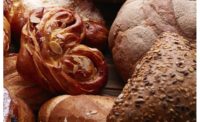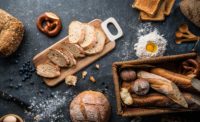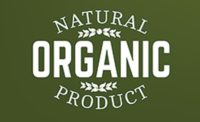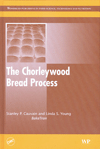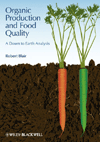Process solutions for clean-label baking

Cleaning up the label of baked goods is more than just ingredients. If you’re going to join the clean-label, natural baking trend, here’s what you need to know about the non-ingredient side of things.
Any time you reformulate or create a new product, it’s important to reevaluate your process. However, this is especially true with clean-label baking. Relying on natural ingredients to take the place of dough conditioners, emulsifiers and preservatives is going to change the integrity of your product. From the mixer to the oven to the shelf, it’s going to be more susceptible to processing and shelf life problems.
So what can be done to your equipment and processing to help?
Dough. Most breads call for gluten. In the mixer, this means mixing longer to achieve full development, which generally produces a warmer dough. Therefore, it’s vital to keep the dough temperature down. To achieve this, use ice or refrigerated water, a mixer with a cooling jacket and mix in smaller batches if you can. Also, try aged flour and longer bulk fermentation times (see https://bakerpedia.com/processes/aged-flour). This works as a sort of natural dough conditioner.
Baking. Clean label and organic baked goods tend to be on the dryer side. So overbaking—even just a little—can have a big impact. The No. 1 fault with ovens and baking is an unbalanced oven or heavy breads that require longer baking time. This leads to overbaking. Overbaking means a dried-out product with a shorter shelf life—something you can’t afford with clean label.
By running a thermal profile, you’ll know exactly when thermal steps like oven spring, the kill step or arrival is happening. Obtain a thermal logger so that you can run profiles that achieve 80 percent or above in arrival (see https://bakerpedia.com/how-to-determine-adequate-baking-by-using-thermal-profiling for more on how to achieve specific arrival percentages using thermal profiling).
Cooling and packaging. If bread does not cool enough, condensation and mold will destroy your product. So get the internal bread temperature between 95-104°F (35-40°C) and moisture at 38 percent as soon as you can (see https://bakerpedia.com/processes/bread-cooling for more specific requirements on cooling).
Also, the longer the product remains unpackaged, the more mold spores it would accumulate over time. This happens in many bakeries where they do not have a packaging crew come in until later in the day. To avoid mold, package your product once the internal temperature reaches 104°F.
Keep it clean. And while we’re talking about shelf life, vigorous sanitation is essential with clean label. Shelf life is an issue with natural baking, and you can only rely on natural preservatives so much. Making sure your product line is properly cleaned after every shift will go a long way. Use proper air filtration and air change systems to reduce the amount of mold spores in the plant environment. Also, look into hygienically designed mixers, troughs, makeup and cooling equipment.
These process changes will not only help overcome the changes made in your formula, but improve the overall quality and consistency of your final clean label product.
Looking for a reprint of this article?
From high-res PDFs to custom plaques, order your copy today!



